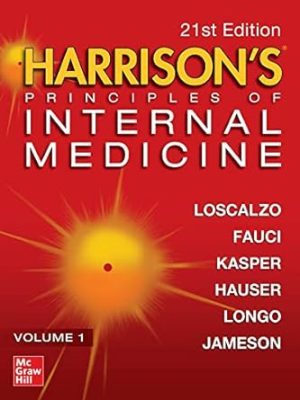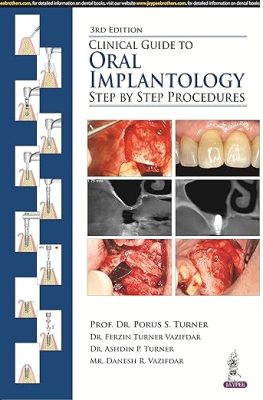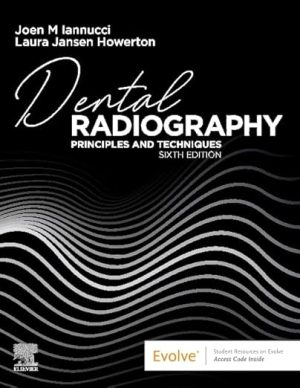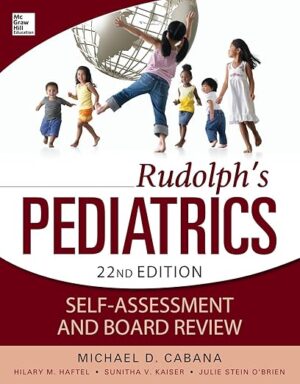Harrison’s Principles of Internal Medicine, Twenty-First Edition (Vol.1 & Vol.2) 21st Edition
The Voice of Clinical Reason
A Doody’s Core Title for 2024 & 2023!
Harrison’s Principles of Internal Medicine is the world’s most trusted clinical medicine text―and a superb resource for learning the art and science of clinical reasoning. Recognized by healthcare professionals worldwide as the leading authority on applied pathophysiology and clinical medicine, Harrison’s Principles of Internal Medicine provides the informational foundation you need for the best patient care possible. This new edition is fully updated with timely new chapters and essential updates across the spectrum of internal medicine.
Written and edited by the world’s top experts in their respective fields, this landmark guide provides comprehensive, accurate, and essential coverage of the pathogenesis, diagnosis, and treatment of disease.
Harrison’s is world-renowned as the most authoritative source for:
• Clear, concise schemas that facilitate the generation of differential diagnoses to reason efficiently through complex real world clinical cases
• The physiologic and etiologic basis of signs and symptoms, which are covered through a wealth of unsurpassed expert guidance and linked to the disease-specific chapters that follow
• Updated clinical trial results and recommended guidelines
• Excellent and extensive visual support, including radiographs, clinical photos, schematics, and high-quality drawings
• Coverage of both therapeutic approaches and specific treatment regimens
• Practical clinical decision trees and algorithms
• Organ/system-specific sections, with clinically relevant pathophysiology and practical clinical advice on the approach to the patient, strategies towards building a differential diagnosis, outstanding clinical algorithms and diagnostic schema, a wealth of clinical images and diagrams, current clinical guidelines, and general and specific approaches to therapy
Harrison’s remains the most trusted resource in a world influenced by endless sources of medical information. The most timely and comprehensive updates from the world’s top experts are featured in the 21st edition:
• Current coverage of the diagnosis and treatment of diseases, from COVID to dementia to sepsis to multiple sclerosis to lung cancer
• Updated content that reflects new approved therapeutics and new practice-changing guidelines and evidence summaries
• More than 1000 clinical, pathological, and radiographic photographs, diagnostic and therapeutic decision trees, and clear schematics and diagrams describing pathophysiologic processes
• Numerous atlases featuring curated collections of important visual aspects of diagnosis and management
• Updated and time-saving curation and synthesis of established and new medical literature and studies
• Clinically relevant coverage of disease mechanics and pathophysiology, and related therapeutic mechanisms


















